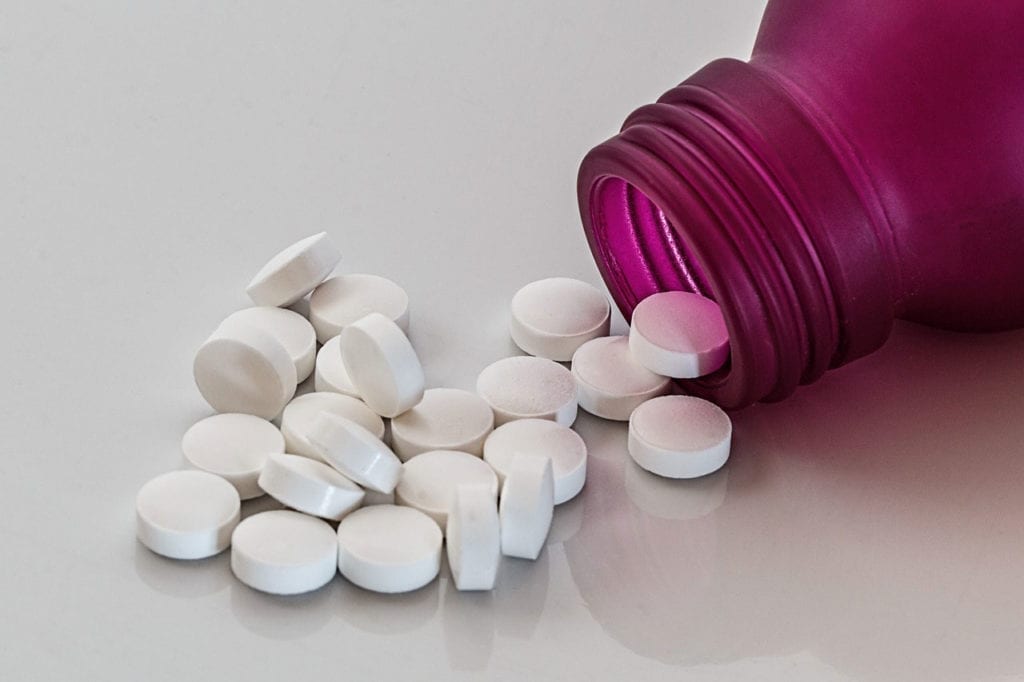Even though some treatments are beneficial for patients, these same treatments can also cause adverse reactions. This seems to be the case for Isturisa (osilodrostat), according to Cushing’s Disease News. In a case report published in Clinical Endocrinology, the authors highlight how the FDA-approved treatment for Cushing’s disease also results in delayed adrenal insufficiency (AI) in about 25% of patients. Thus, the possibility is something both doctors and patients should be aware of.
Cushing’s Disease
Typically, a benign pituitary tumor or excess pituitary growth causes Cushing’s disease (also called Cushing disease). This causes the overproduction of adrenocorticotropic hormone (ACTH), which in turn prompts the overproduction of cortisol, a stress hormone.
What do you mean, stress hormone? You may ask. Well, when the body is under stress, cortisol comes into play. The cortisol helps to increase blood pressure, control inflammation, and protect the body against the impact of stress. However, increased cortisol levels can also be harmful, causing the symptoms of Cushing’s disease.
Altogether, Cushing’s disease most commonly occurs in females and those between ages 20-50. However, it may also affect children. Symptoms include:
- High blood pressure
- Weight gain (often around the face or trunk)
- Stretch marks
- Easier bruising
- Weakened immune function
- Osteoporosis
- Fatigue
- Muscle weakness
- Frequent infections
- Anxiety or depression
- Difficulty concentrating or remembering
- Poor temperament
- Erectile dysfunction
- Menstrual irregularities
Learn more about Cushing’s disease.
Isturisa
Isturisa, administered orally via tablets, is a cortisol synthesis inhibitor designed for patients with Cushing’s disease who cannot have surgery, or for whom surgery was ineffective. Once administered, the drug reduced cortisol production, lessening symptoms.
However, the recent case study showed his Isturisa use could, in some cases, increase the risk of adrenal insufficiency. Primary adrenal insufficiency (AI), or Addison’s disease, occurs when the adrenal glands fail to produce enough cortisol or aldosterone, another hormone. Symptoms include fatigue, appetite loss, unintended weight loss, nausea, darkening skin, and low blood pressure. Overall, the case study included three patients:
- A male patient born in 1956.
- In the middle of 2020, after a bout of extreme depression from other treatments, he switched to Isturisa for his Cushing’s disease, alongside antidepressants for his depression. Starting at 8mg/daily and moving to 20mg/daily, the man initially saw good responses. However, he later experienced nausea, diarrhea, and low blood pressure. After being hospitalized, he was treated with hydrocortisone to raise his cortisol levels. Later, the hydrocortisone was reduced once the patient restarted Isturia.
- Two female patients, born in 1984 and 1990 respectively.
- Both patients, similarly to the male patient, began at low Isturisa doses which rose over time. Although one was treated for over 1 year with no adverse reactions, both patients eventually developed AI. Similarly, both required hydrocortisone treatment as well as changes in Isturisa dosage.
Ultimately, it is important to recognize the potential problems that could arise with Isturisa treatment to best treat patients with Cushing’s disease.








